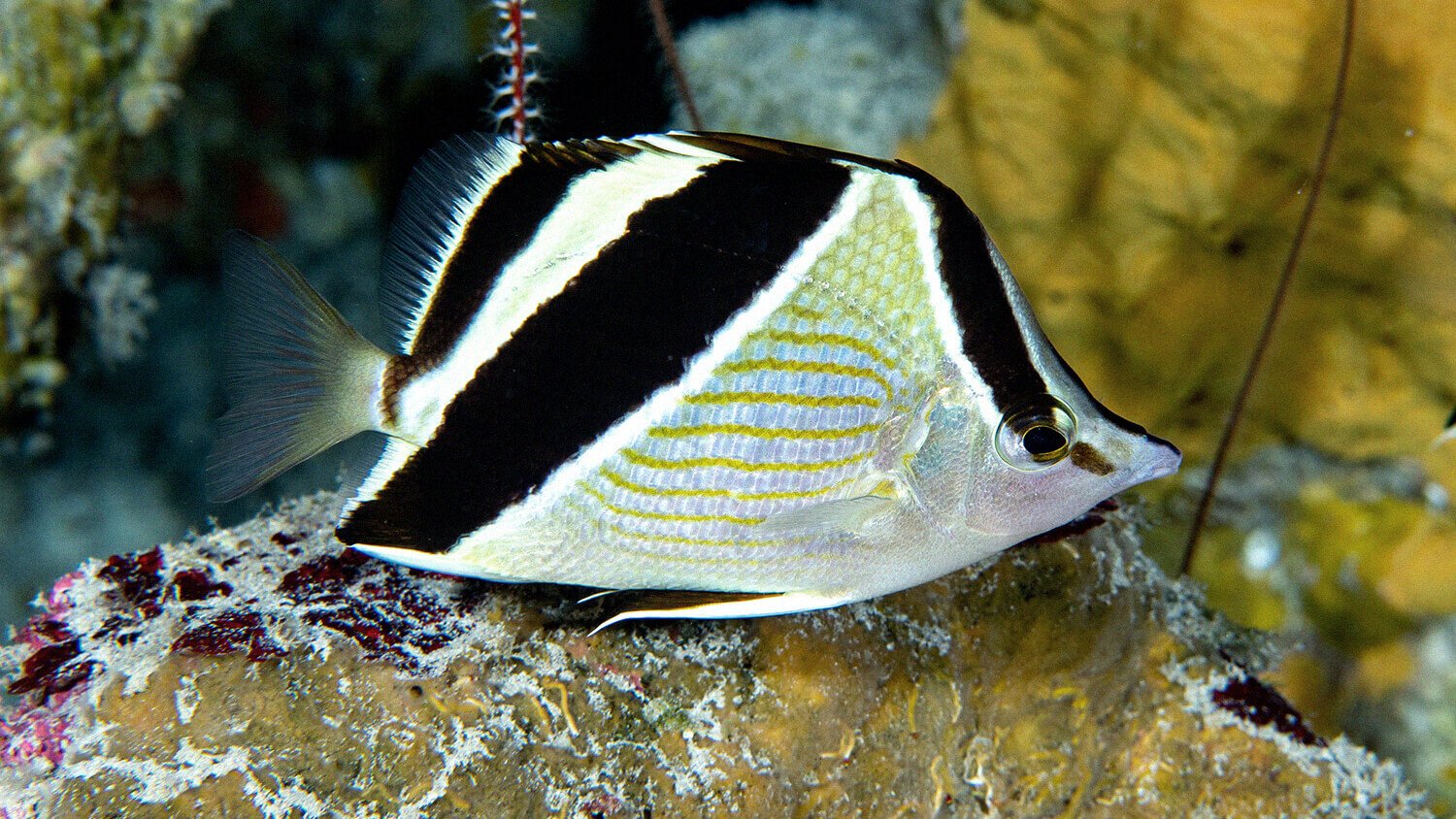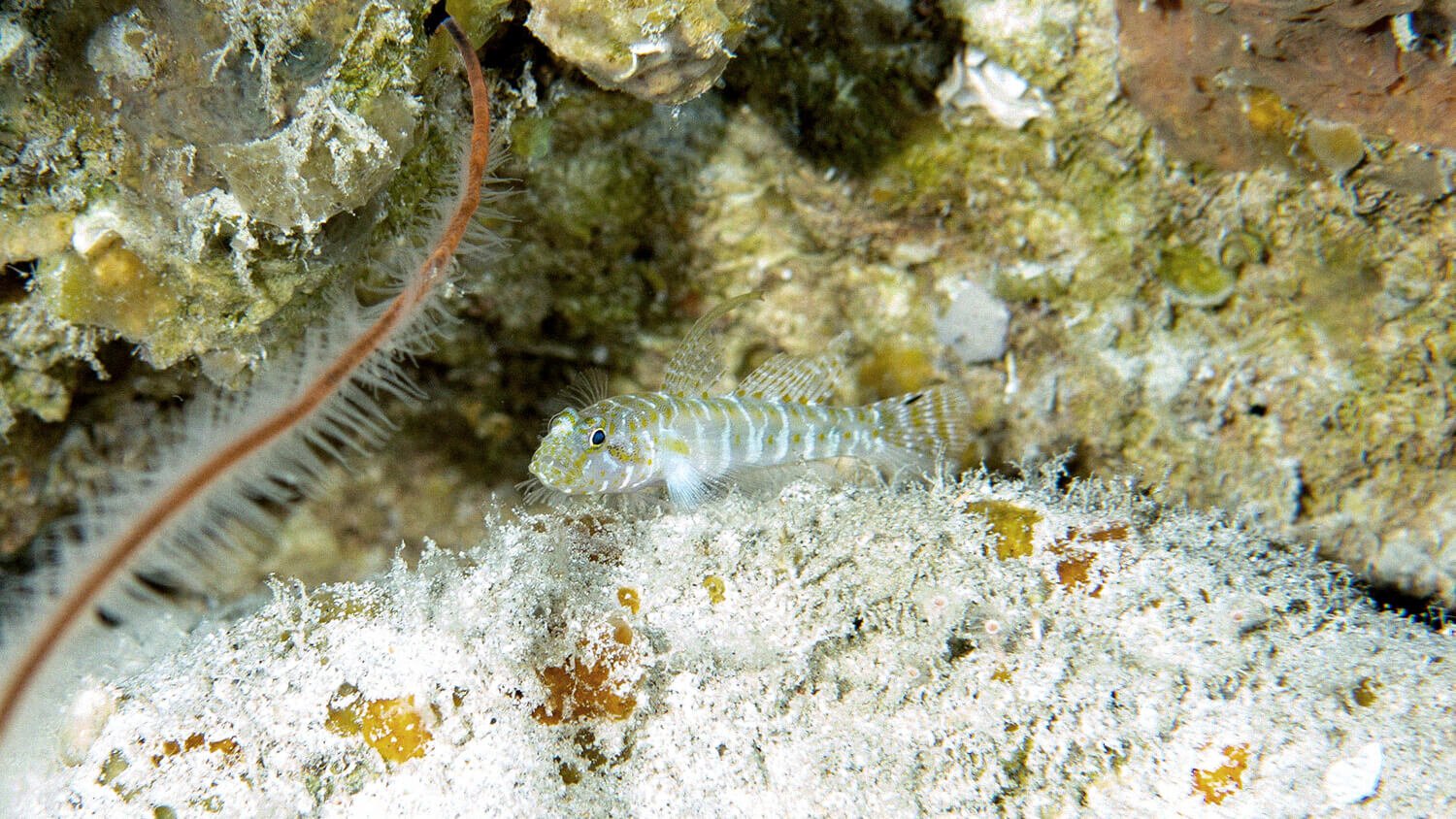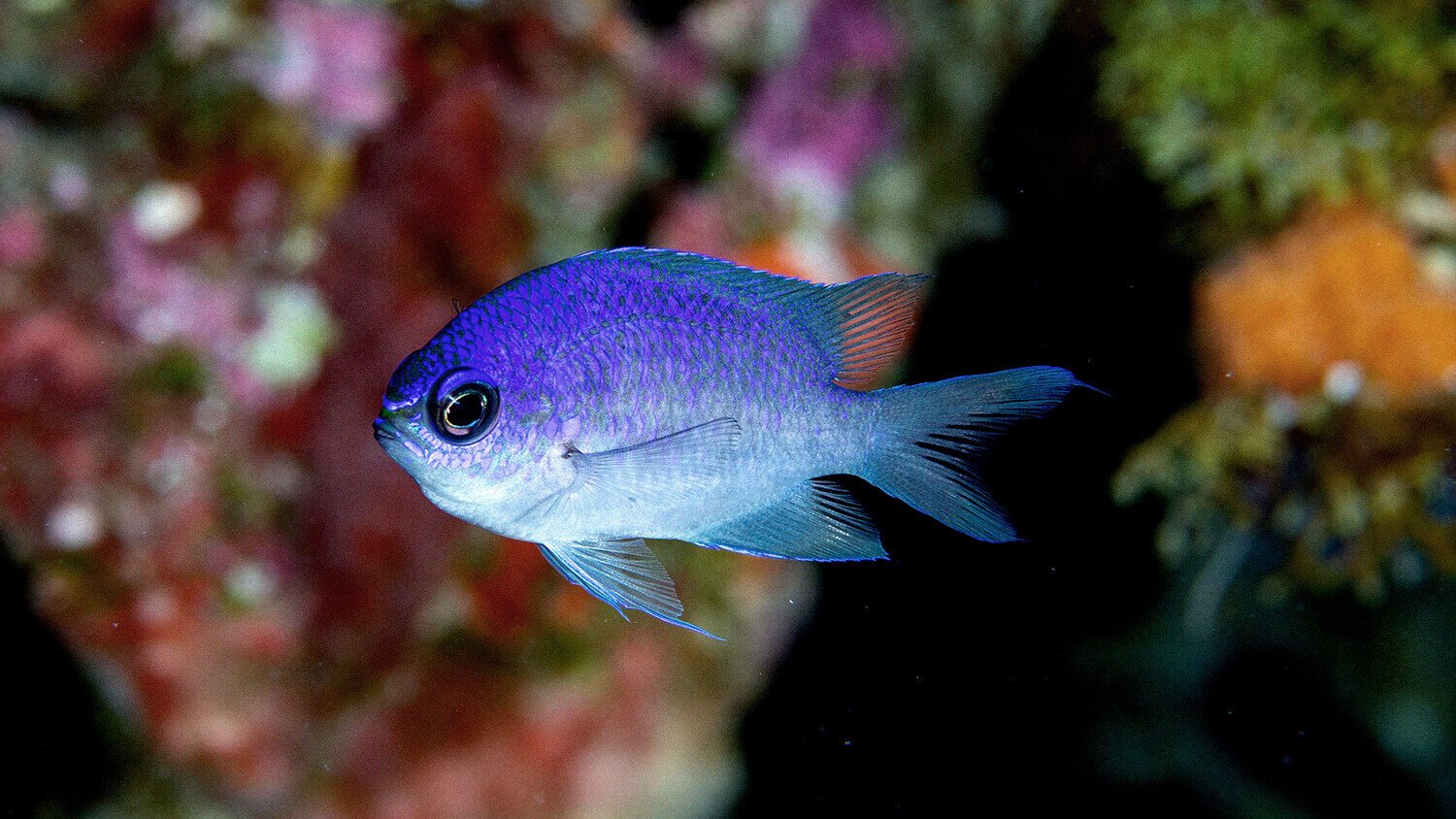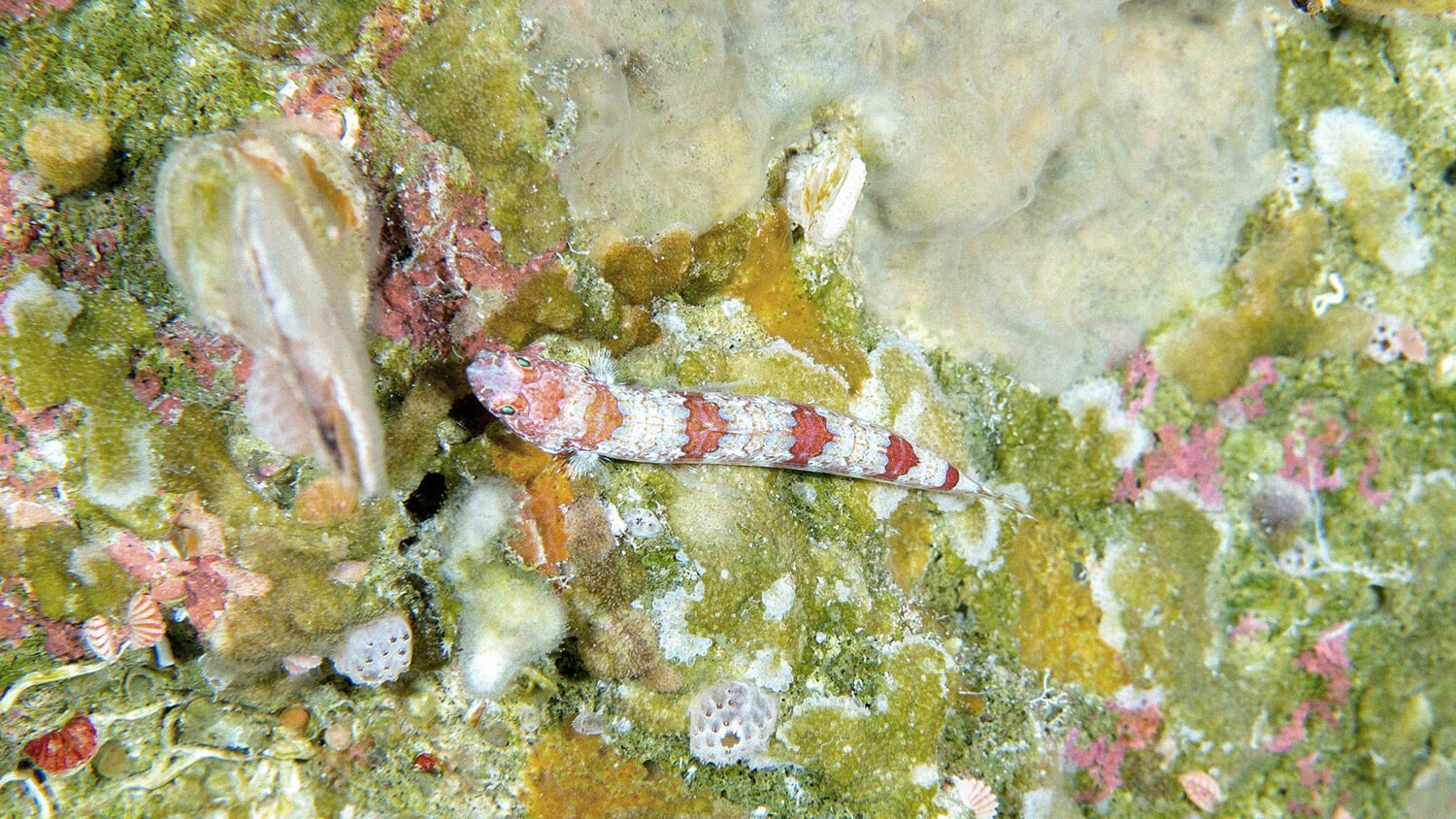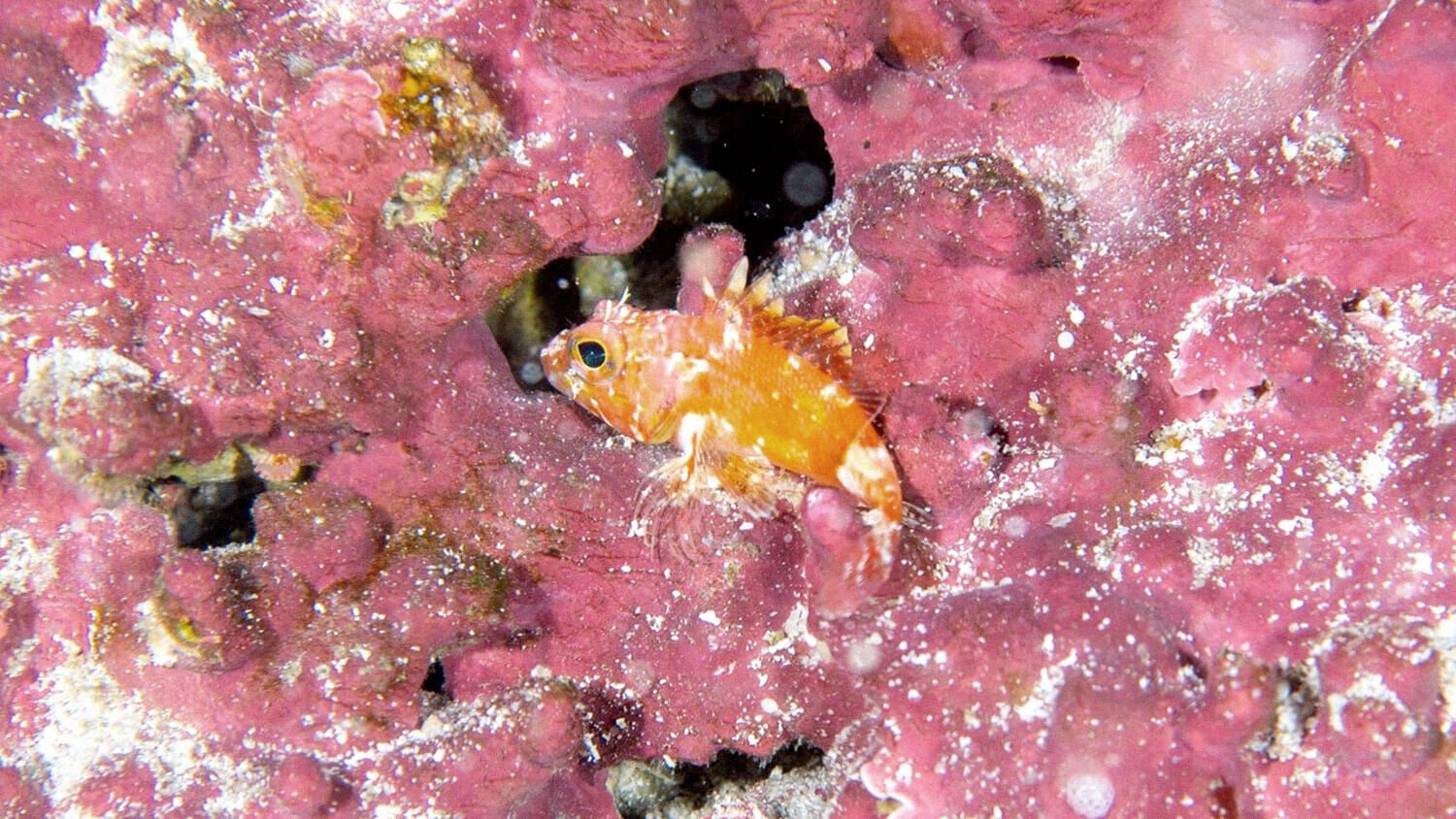Into the twilight zone
Exploring Brazil’s deep water coral ecosystems with marine biologist Hudson Pinheiro
Hudson Pinheiro of the California Academy of Sciences studies mesophotic reefs (found at depths of 30-150m) around Brazil’s oceanic islands. This unprecedented research in Brazilian waters is uncovering new species and revealing the beauty and fragility of these unique coral ecosystems. Thais Gonçalves and the Parley Brazil team caught up with him to learn more.
What makes these deeper reefs so special, and how are they different from shallow water reefs?
The habitat down there is very different. There is less light and the temperature is lower. That creates an unusual environment for coral reefs to grow and because of this habitat change we are finding many different species. Some corals in these mesophotic zones can also be found in the shallows, but in the depths they change their structure and are shaped like a plate in order to absorb more light.
Are there many studies done around these reefs in Brazil and around the world?
Mesophotic reefs are much less studied than shallow water reefs. Today there are maybe three scientific groups doing the work that we do around the world, that have the skills to do this kind of diving. So it's not easy, and there's a very limited amount of information about these reefs.
What are the challenges of working at those depths?
The deeper water requires us to use a different type of equipment instead of the conventional scuba diving gear. We need rebreathers and also special gases to allow us to go deeper for a longer time. Our team usually has five divers: one is the dive safety officer and they have a video camera to record everything that's going on, watch the time and oversee the operational strategy. We also need strobes with good lights and each diver has at least two flashlights. At the end of the dive, we have photos, we have some videos and we have an idea of the community, the ecology of the place where we visit.
What research are you doing down there and why is that important?
The goal is to understand what drives the differences seen in these deeper water species and also what marine species are occurring down there. These reefs are very important because they can shelter a great amount of commercial species. Although we know very little about those systems, the fishermen know a lot. They moved from shallow waters to deeper waters when fish populations got overexploited. The goal is to try to understand as quickly as we can how the mesophotic reefs work in order to create policies and alternatives for management while those reefs are still well preserved. Also, we recently found four new fish species and many new records in the Fernando de Noronha archipelago. Some of these species belong to very rare groups of fish, some only observed by our team in the entire Atlantic ocean.
What other kind of creatures do you see down at those depths?
In the Philippines we saw some Thresher Sharks at 300 feet, that was amazing, one of the most beautiful fish that I have seen. We saw in Saint Paul's Rocks also a Whale Shark and a Sixgill shark. We have seen some sharks recently even in Fernando de Noronha. So it's not that they are more abundant there but they are different, I think that the biggest ones are down there. In terms of the ecosystem we see more black corals there, and wire corals. We also see sponges, octocorals and lots of plate corals too. It is super interesting how it changes and the diversity of fish changes as well.
Image by Mauritius V. Bell
Image by Tane Sinclair-Taylor
What are the main human impacts affecting the mesophotic reefs?
There is a lot of evidence of fishing impacts. We have seen fishing lines, some discarded fishing nets and garbage like plastic bottles and cans. They damage the corals, breaking and scratching them, and create a source of microplastics as well. When they break apart, fish and other organisms eat them. It's not an exclusive problem of shallow waters, definitely they are tumbling over and stopping by the deeper reefs as well. There is a little difference from shallow waters because in the shallow waters we have the impression that the trash comes from rivers or from land based sources. At depth we see more ocean based trash, from fishing and boats.
Are the reefs protected in Fernando de Noronha?
Actually, no. All the reefs are protected by 50 meters depth, everything that's deeper is open to commercial activities. In fact, most of the Marine Protected Areas that we know only cover shallow water corals because that is what is more popular and easier to access for the general public. We still need to get more attention and scientific research to create a better management strategy before it’s too late.
What could be a possible management strategy in order to preserve the mesophotic reefs?
We're trying now to recommend a little increase in some Marine Protected Areas. Sometimes by increasing a few meters towards the ocean floor, we can encompass a huge area of mesophotic reefs. Our research also aims to understand how much area we would need to include in these reserves to preserve those corals. Along with that, we are trying to make people aware not just of the beauty of these corals but also the importance of these species.
How do you work to raise awareness and to build a bridge between science and traditional knowledge?
First, we recognize that the fishermen are the guys that most know about the oceans or about the resources there. In the past when there were few fishermen they used to change the fishing ground, fish a little bit here, let some other fishing grounds rest and recover. But now there are so many fishermen, the place just doesn't rest anymore and they know that their resources are decreasing. The fishermen are the ones that hold true knowledge about the ocean. Thus, we are trying to work together with them not only to get more information about the habitats or the seasonal species, but also to help them to manage their resources. We bring the information back to them so they can use that to defend their rights, to propose local management, and use this knowledge the best way that they think that they can.
Learn more about Hudson’s research, explore Parley Brazil and watch Borderless – a film about the team’s cleanup and education work in the Misiones region of South America.

